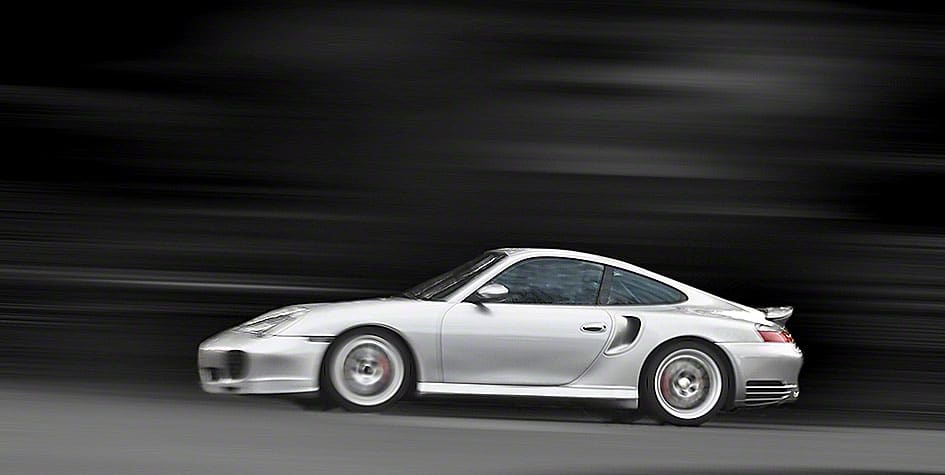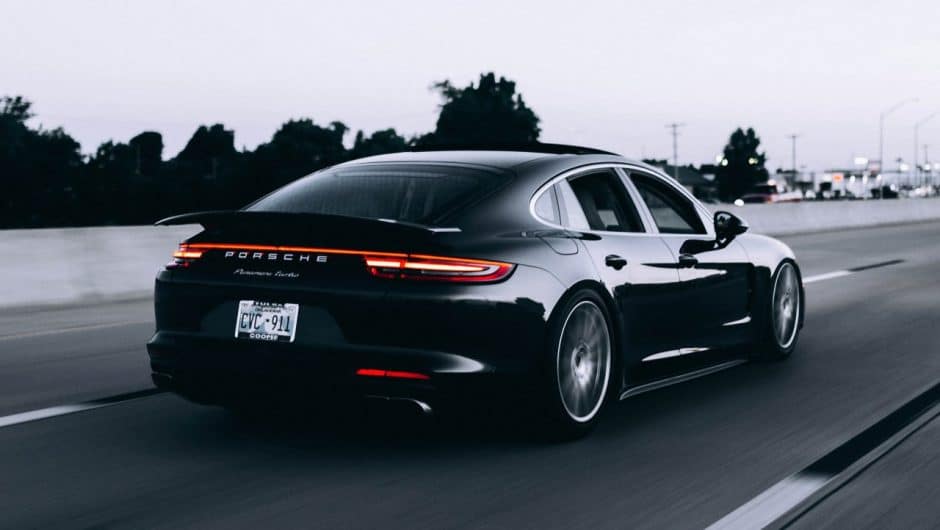The world of car window tinting is a vast one, teeming with a wide array of options each promising unique benefits. Despite their common goal to protect the interior of a car and its occupants from the sun’s harmful rays, these various types of tints can differ significantly in terms of material, effectiveness, aesthetic appeal, and cost.
Types of window tints and misconceptions
This article aims to explore the various types of car window tints available in the market to help you make an informed choice for your vehicle.
Dyed Window Tints
Dyed window tints are often lauded as the most economical option for car owners looking for a cost-effective method to shield their car from the sun. These tints consist of a polyester film to which a layer of dye is applied. They work by absorbing the heat of the sun, resulting in a cooler interior. Although dyed tints are excellent for enhancing the privacy and aesthetics of a car due to their opaque nature, they have some drawbacks. Over time, exposure to sunlight can cause the dye to fade, reducing the tint’s effectiveness. Additionally, while they do provide some degree of heat rejection, they are not as efficient as other types of tints.
Metalized Window Tints
In a bid to overcome the shortcomings of dyed tints, metalized window tints were developed. These tints consist of a thin, transparent layer of metal particles embedded within the film. The metallic content provides superior strength, scratch resistance, and heat rejection compared to dyed tints. Furthermore, they offer a shiny finish that can add an appealing gleam to your vehicle. However, their metallic nature can interfere with cell phone and GPS signals inside the car. Plus, they tend to be pricier than dyed tints.
Carbon Window Tints
If you are in search of a balance between cost, aesthetics, and performance, then carbon window tints might be the right fit for you. They do not contain metal, thus eliminating the problem of signal interference. Carbon tints are dark and matte-finished, providing a sophisticated look to the vehicle. More importantly, they are highly effective at blocking infrared light, significantly reducing the heat inside the car. This reduction of heat increases fuel efficiency by reducing the need for air conditioning. Unlike dyed tints, they do not fade with time.
Ceramic Window Tints
Ceramic tints represent the pinnacle of window tinting technology. Composed of tiny, non-conductive ceramic particles, these tints offer superior heat rejection, blocking up to 50% of solar heat. Moreover, they effectively block up to 99% of harmful UV rays, offering optimal protection to the car’s interior and occupants. Ceramic tints neither fade like dyed tints nor interfere with electronic devices like metalized tints. They offer clear visibility both during the day and at night, and they are highly shatter-resistant, adding an extra layer of safety. However, these benefits come at a cost, making ceramic tints the most expensive option.
What are some myths related to car window tinting?
Misconception One: Window Tints are Purely Aesthetic
The first and perhaps the most common myth is that auto window tinting Springfield serve only an aesthetic purpose. While it is true that tinting enhances the look of a car, this is merely one aspect of its benefits. Modern tints are designed to provide UV protection, reducing the risk of skin cancer and interior fading. They also decrease the amount of heat in the car, enhancing comfort during hot days. Furthermore, window tints increase privacy and can deter thefts as potential burglars cannot see inside the vehicle easily.
Misconception Two: All Tints Make Night Driving Difficult
Another misconception about car window tinting is that it inevitably reduces visibility, particularly at night, and hence poses a safety risk. However, this belief does not take into account the different types of tints available in the market. High-quality tints like ceramic and certain types of carbon tints are designed to reduce glare and provide clear visibility both during the day and at night. The key lies in choosing a tint that suits your needs and complies with local laws regarding light transmittance.
Misconception Three: Tints Will Invalidate Car Insurance
A fear that often holds car owners back from tinting their windows is that it might invalidate their car insurance. While it’s true that some modifications can affect insurance policies, window tinting usually isn’t one of them. However, it’s crucial to ensure that the tint complies with local and state regulations, as illegal modifications could indeed have implications for insurance coverage. It is always a good idea to communicate with your insurance provider before making any modifications to your car.
Misconception Four: Window Tints Will Always Bubble and Peel
The belief that window tints will inevitably bubble and peel is a myth rooted in past experiences with low-quality tints or substandard installation procedures. Today’s window tints, especially when installed by professionals, are designed to last for many years without bubbling or peeling. These high-quality films are robust and resistant to peeling, cracking, and discoloration. The key to longevity lies in choosing a high-quality tint and ensuring it is installed correctly.
Misconception Five: All Window Tints Are the Same
It’s a widespread belief that all auto tints are the same and they only differ in color depth. This is a myth that needs immediate busting. There is an array of window tints available on the market, each made from different materials and designed to serve specific functions. From dyed and metalized to carbon and ceramic tints, each type offers unique benefits and drawbacks. For instance, dyed tints are cost-effective but less durable, while ceramic tints are expensive but offer superior UV protection and durability. Therefore, understanding these differences can help you select the most suitable tint for your vehicle based on your needs and budget.
Misconception Six: Window Tinting is Illegal
One of the most persistent myths about car window tinting is that it’s illegal. This misconception likely stems from the fact that different states and countries have different laws regarding window tinting. Some places have restrictions on how dark the tint can be or which windows can be tinted, but very few places have outright bans on window tinting. Always check with local regulations or consult with a professional tint installer to ensure your window tint is within legal limits. It’s crucial to remember that these laws exist for safety reasons, ensuring that drivers have adequate visibility and that law enforcement officers can see inside vehicles when necessary.
Conclusion
Choosing the right window tint for your car involves a careful consideration of your needs, preferences, and budget. From the economical dyed tints to the high-performing ceramic ones, there is a tint for every car and every owner. Weigh the benefits and drawbacks of each type to decide which tint is the best fit for your vehicle. The right auto glass tinting Springfield not only enhances the look of your car but also improves your driving experience by providing privacy, reducing heat, and protecting against harmful UV rays.
Topics #car tinting #car window tinting #car window tints #car windows #window tinting #window tints








